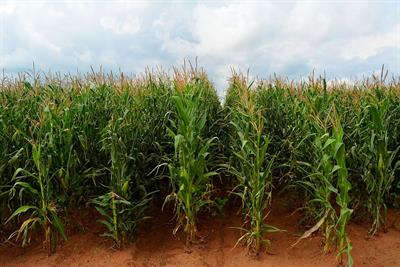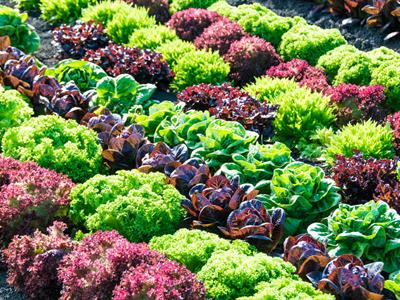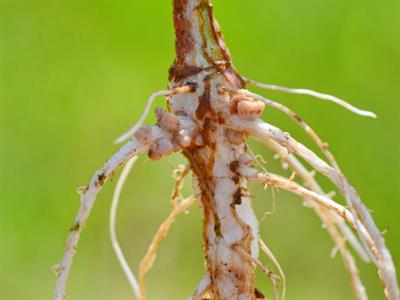
PUMPA - SMART LEARNING
எங்கள் ஆசிரியர்களுடன் 1-ஆன்-1 ஆலோசனை நேரத்தைப் பெறுங்கள். டாப்பர் ஆவதற்கு நாங்கள் பயிற்சி அளிப்போம்
Book Free DemoCrop rotation is planting different crops, chosen in a series and grown on a piece of land in a pre-planned succession.
The rotation of crops depends upon the crop duration. The availability of moisture and irrigation facilities decide the crop that needs to be cultivated after one harvest. If crop rotation is done correctly, two to three crops can be grown in a year with good harvests.

Crop rotation
Monocropping and mixed cropping are two methods through which crops are produced. Monocropping is the repeated cultivation of the same crop in the same field year after year.

Monocropping
Mixed cropping involves growing two or more crops simultaneously on the same land without any defined pattern.
Example:
Wheat + gram, Wheat + mustard, Groundnut + sunflower, Maize + green gram, Maize + black gram.

Maize + Green gram
Advantages of crop rotation:
- Crops like legumes have positive effects when growing in rotation and lead to greater production.
- Growing shallow-rooted grains, deep-rooted cash crops, and restorative crops (legume crops)should be planted in rotation to maintain the soil productivity.
- Leguminous crops should be followed by planting a non-leguminous plant to have atmospheric nitrogen to the succeeding crops. It helps in the maintenance of a better balance of nutrients in the soil.
- When crops with different nutritional requirements are grown, soil nutrients get enriched, and the fertility of the land is maintained.
- Reduction in weeds is observed in mixed cropping system compared to monocropping.
- If the same crops are grown on farmlands for the long term, the same nutrients are depleted from the soil. This depletion leads to a decrease in soil fertility. At the same time, crop rotation increases soil fertility.
Leguminous crops include the pulses - alfalfa, clover, beans, lentils, lupins, mesquite, cowpea, pigeon pea, peas, chickpeas (gram), groundnut, and the soya bean contains the nitrogen-fixing bacteria in their root nodules.

Leguminous crop
The plants have a symbiotic relationship with rhizobium (nitrogen-fixing bacteria). The plants fix atmospheric nitrogen in the roots with the help of nitrogen-fixing bacteria. Atmospheric nitrogen is fixed in the usable form (converts atmospheric nitrogen to soluble nitrogenous compounds - ammonia). Thus leguminous plants do not need nitrogenous fertilisers. These plants are used in crop rotation to multiply soil nitrogen.